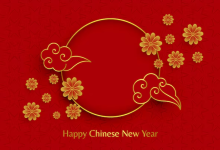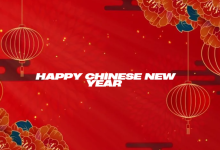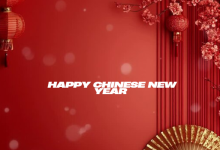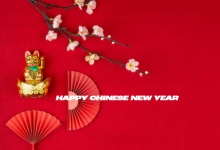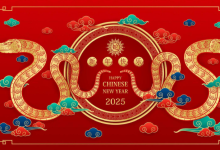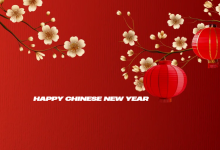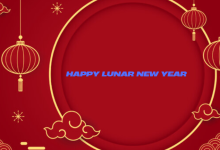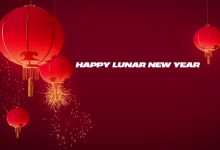Happy new year 2025 in chinese language
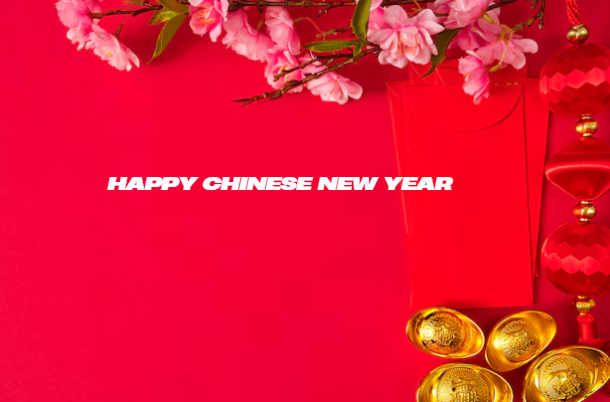
As we step into 2025, billions of people around the world are preparing to welcome the Chinese New Year, also known as the Spring Festival (春节 – Chūnjié). This festival is the most significant holiday in China and is celebrated by Chinese communities worldwide. It marks the beginning of the lunar new year, a time for family reunions, cultural traditions, and festive celebrations. In this blog post, we will explore the significance of the Chinese New Year, its customs, greetings, and how to say “Happy New Year 2025” in Chinese.
When is Chinese New Year 2025?
The Chinese New Year follows the lunar calendar, meaning the date changes every year. In 2025, the Chinese New Year falls on Wednesday, January 29. Each year is associated with one of the twelve zodiac animals, and 2025 will be the Year of the Snake (蛇 – shé). People born in the Year of the Snake are believed to be intelligent, wise, and mysterious.
How to Say Happy New Year 2025 in Chinese?
Wishing someone a happy new year in Chinese is a great way to show respect and good wishes. Here are some common greetings you can use:
- 新年快乐 (Xīnnián kuàilè) – This is the most common way to say “Happy New Year!” It literally means “New Year Happy.”
- 过年好 (Guònián hǎo) – This phrase means “Happy passing of the year!” and is used more casually.
- 大吉大利 (Dàjí dàlì) – A traditional greeting meaning “Great fortune and great profit!”
- 平安健康 (Píng’ān jiànkāng) – Meaning “Peace and good health,” this greeting is especially meaningful in today’s world.
If you want to say “Happy New Year 2025” specifically, you can say: 2025年新年快乐 (2025 nián xīnnián kuàilè)
Chinese New Year Traditions and Customs
Chinese New Year is rich in traditions that have been passed down for thousands of years. Here are some of the most important customs associated with the celebration:
Reunion Dinner (回家团圆 – Huíjiā tuányuán)
The reunion dinner on New Year’s Eve is one of the most important meals of the year. Families gather to share a feast that often includes symbolic foods such as fish (鱼 – yú), which represents abundance, and dumplings (饺子 – jiǔozi), which symbolize wealth and prosperity.
Red Envelopes (红包 – Hóngbāo)
Children and unmarried young adults receive red envelopes filled with money from elders as a blessing for a prosperous new year. This tradition symbolizes good luck and warding off evil spirits.
Fireworks and Lion Dances
Fireworks and firecrackers are set off at midnight to scare away evil spirits and welcome the new year. Lion and dragon dances are performed in the streets, bringing joy and festivity to the celebrations.
Decorating Homes with Red and Gold
Red is the dominant color during the Chinese New Year, symbolizing good luck and prosperity. People decorate their homes with red lanterns, couplets (对联 – duìlián), and paper cuttings (剪纸 – jiǎnzhǐ) to bring positive energy into their homes.
Paying Respect to Ancestors
Honoring ancestors is an essential part of the Chinese New Year celebration. Families visit temples or set up altars at home to offer prayers and show respect to their forebears.
Chinese New Year 2025: Celebrations Around the World
Chinese New Year is celebrated not only in China but also in many countries with large Chinese communities, such as Singapore, Malaysia, Indonesia, the United States, and the United Kingdom. Some of the most famous celebrations take place in Chinatown districts worldwide, featuring parades, cultural performances, and street markets.
The Chinese New Year is more than just a holiday; it is a time of renewal, joy, and togetherness. Whether you are celebrating in China or abroad, the customs, traditions, and heartfelt greetings bring people closer together. As we welcome the Year of the Snake in 2025, may this new year bring you happiness, prosperity, and success! So, don’t forget to say 2025年新年快乐 (2025 nián xīnnián kuàilè) and spread the festive cheer!
